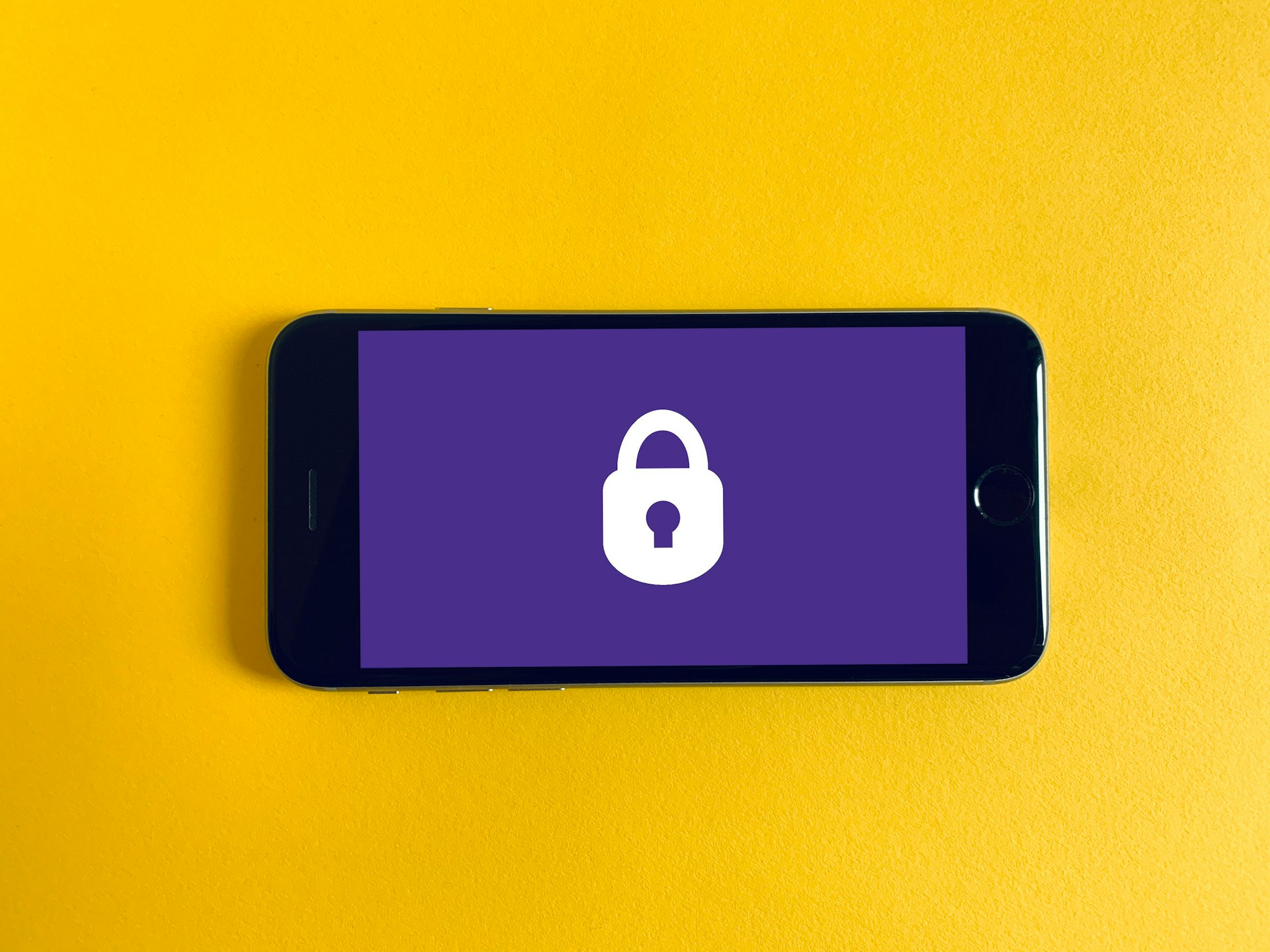Strong Authentication and Remote Access

In an era dominated by digital connectivity and remote collaboration, the traditional boundaries of the workplace have undergone a radical transformation. Trends such as Bring Your Own Device (BYOD), the rise of remote employees, and the increasing prevalence of relocated workers have become defining features of the modern corporate landscape. As organizations embrace these changes for enhanced flexibility and productivity, they must also confront the escalating threats to their digital infrastructure. In this dynamic environment, the need for robust security measures has never been more critical.
The Evolution of the Workplace: BYOD, Remote Employees, and Relocated Teams
1. BYOD Revolution:
Employees are no longer confined to company-issued devices. The BYOD trend has empowered individuals to use their personal devices for work, blurring the lines between personal and professional spheres. While this fosters flexibility, it also introduces new security challenges, making it imperative for organizations to fortify their defenses.
2. Remote Work Boom:
The COVID-19 pandemic accelerated the shift to remote work, and many organizations continue to embrace this model for its myriad benefits. However, with the dispersion of the workforce, the attack surface has expanded, exposing companies to a higher risk of cyber threats. Remote employees accessing sensitive data from various locations demand a security solution that adapts to this distributed environment.
3. Relocated Teams:
The modern workforce is more mobile than ever, with employees relocating for various reasons, from personal preferences to business requirements. This geographic dispersion necessitates a security approach that can seamlessly accommodate employees accessing corporate networks and systems from different locations, without compromising on safety.
The Rise of Dual-Factor Authentication
In response to these evolving challenges, the adoption of strong dual-factor authentication (2FA) and zero-trust concepts has emerged as a cornerstone of modern cyber-security strategies. Unlike traditional single-factor authentication methods, 2FA adds an additional layer of verification, significantly enhancing the overall security posture. By requiring users to provide two forms of identification—typically something they know (e.g., a password) and something they have (e.g., a mobile device)—2FA acts as a formidable barrier against unauthorized access.
Key Benefits of Strong Dual-Factor Authentication:
1. Enhanced Security:
Strengthen your defense against phishing attacks, password breaches, and unauthorized access. With 2FA, even if login credentials are compromised, access remains restricted without the secondary form of verification.
2. Adaptability to Remote Work:
As the workforce becomes increasingly decentralized, 2FA accommodates remote employees and relocated teams by providing an additional layer of protection that goes beyond traditional security measures.
3. Compliance and Regulations:
Meeting industry-specific compliance requirements is crucial. Many regulations mandate the use of multi-factor authentication to safeguard sensitive information, making 2FA an essential component for regulatory compliance.
4. User-Friendly Experience:
Despite its robust security features, 2FA can be implemented without sacrificing user experience. Modern authentication methods, such as mobile app-based authentication, ensure a seamless and convenient login process.
Future-Proofing Your Organization
In a rapidly changing business landscape, the importance of securing remote access cannot be overstated. As the workforce continues to evolve, embracing strong dual-factor authentication is not just a prudent choice—it's a strategic imperative. Safeguard your organization against the growing threats of the digital age, fortify your defenses with 2FA, and pave the way for a secure and resilient future.
Don't let your organization become a victim of the evolving threat landscape. Embrace the power of strong dual-factor authentication and stay one step ahead in securing the modern workplace.

Smart ID Digital Access
Smart ID Digital Access Management provides several methods for multifactor authentication, authorization of users by access rules and an access portal to collect all available resources. Identity federation and single sign-on (SSO) enable users to log in once to get access to multiple applications and systems.
